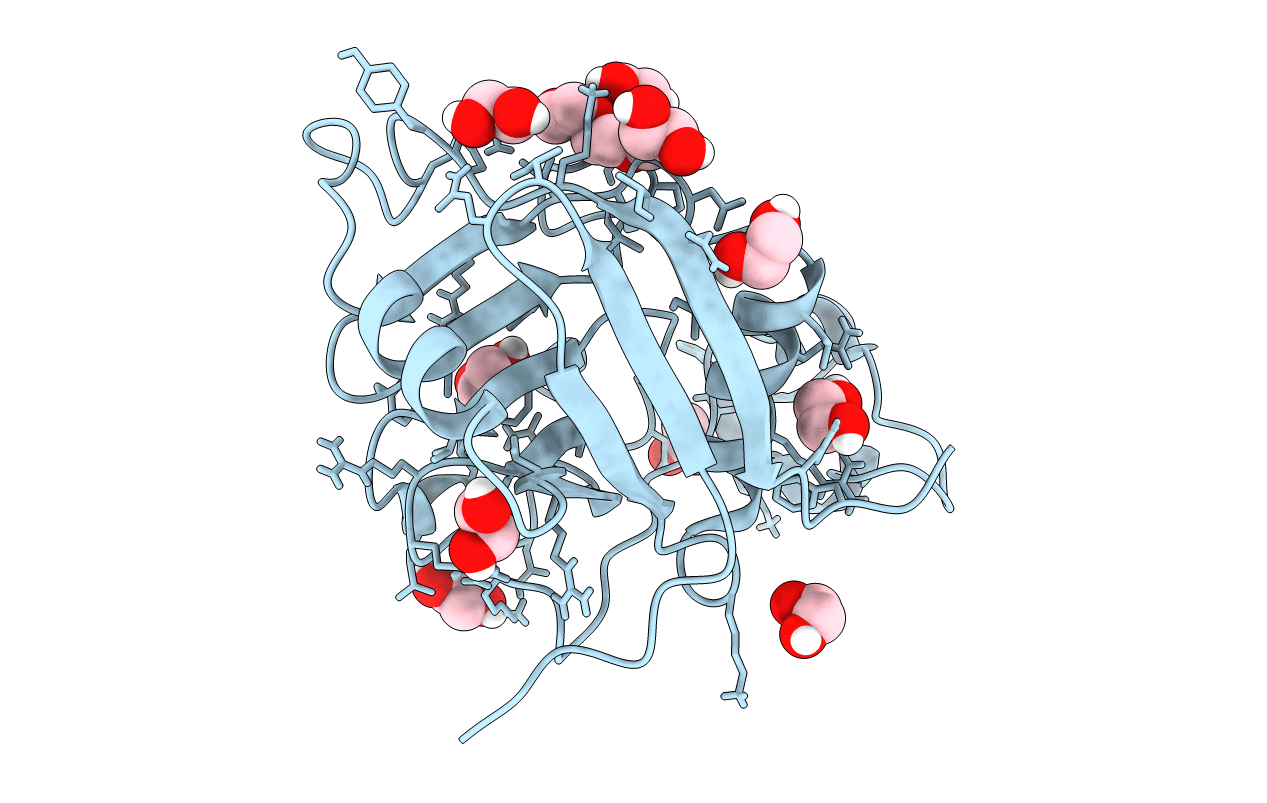
Deposition Date
2014-08-15
Release Date
2014-11-19
Last Version Date
2023-09-20
Entry Detail
PDB ID:
4R3F
Keywords:
Title:
Structure of the spliceosomal peptidyl-prolyl cis-trans isomerase Cwc27 from Chaetomium thermophilum
Biological Source:
Source Organism:
Host Organism:
Method Details:
Experimental Method:
Resolution:
1.30 Å
R-Value Free:
0.14
R-Value Work:
0.12
R-Value Observed:
0.12
Space Group:
P 21 21 21


